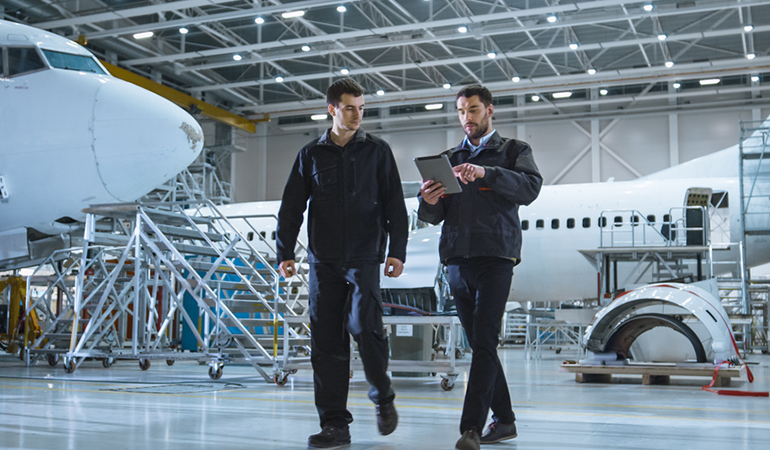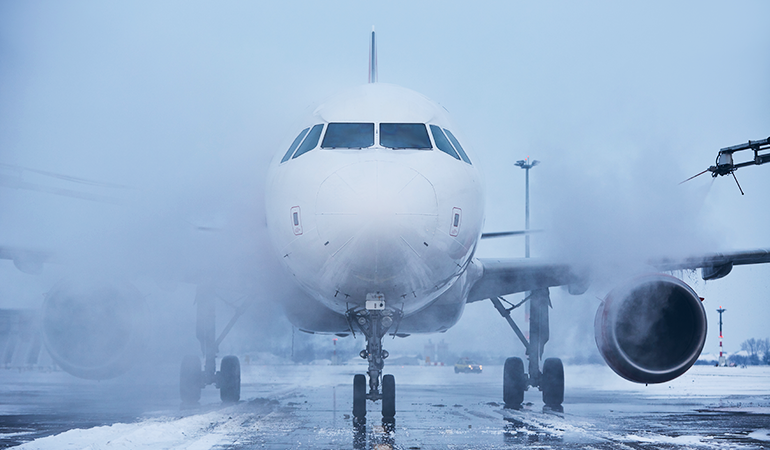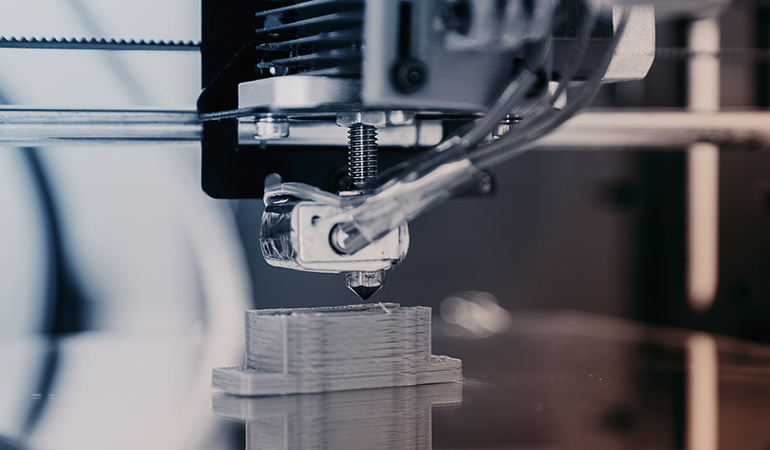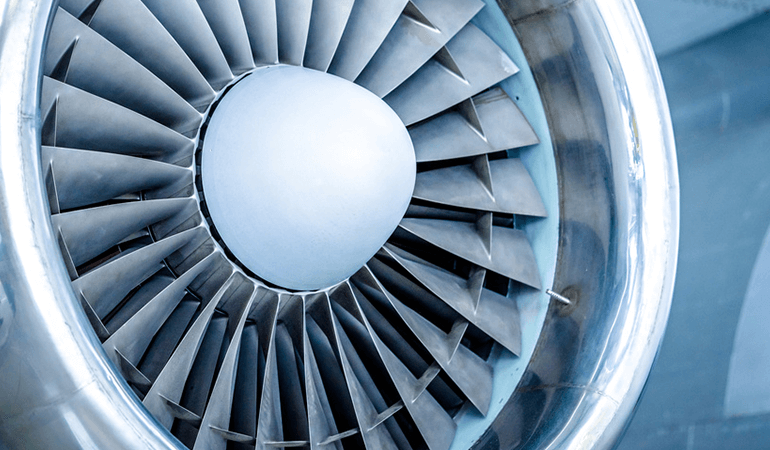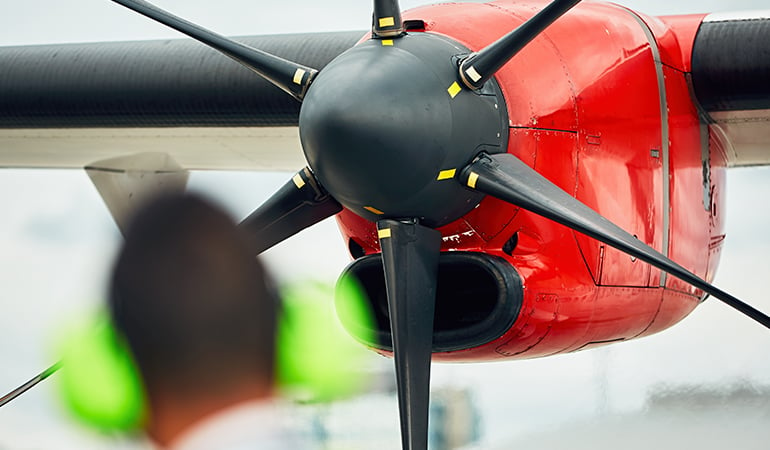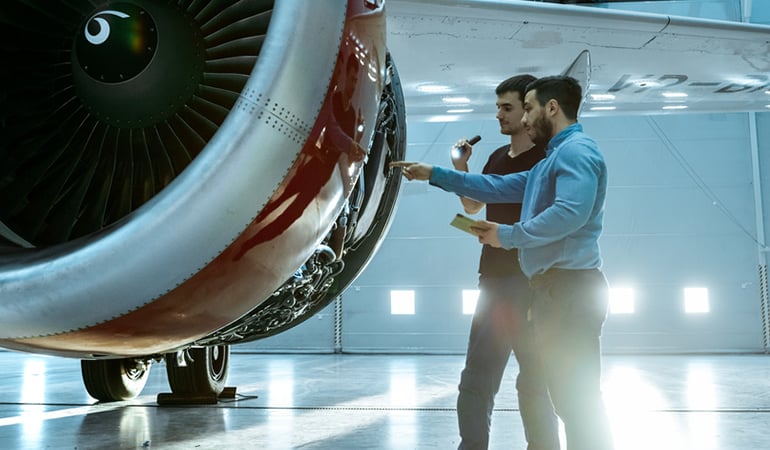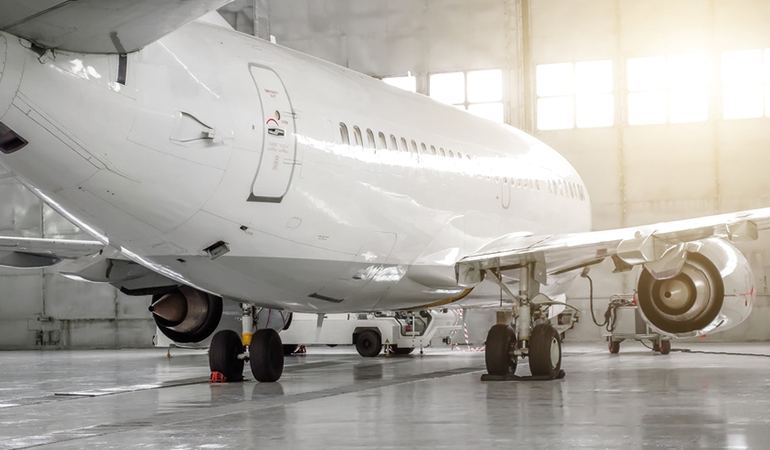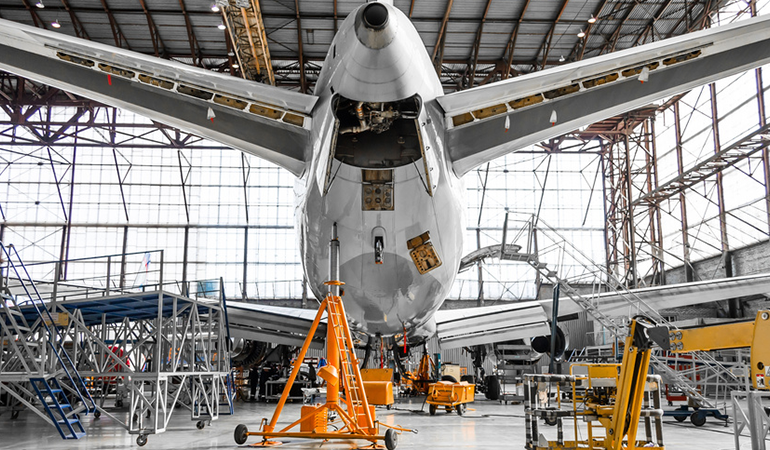Predictive analytics in data analytics has proven to be a game changer in retail. It allows retailers to fine tune marketing strategies to almost unbelievable levels of accuracy, drilling down precisely what consumers are most likely to purchase and when.
But this only begins to scratch the surface of data analysis and analytics – predictive analytics, often used to determine customer behaviors, is also proving capable of predicting future events to include equipment failure. This sort of behavioral analysis is remarkable and directly useful to predicting change, breakage, and failure in just about any industry to include aviation equipment, both aircraft as well as ground equipment.

